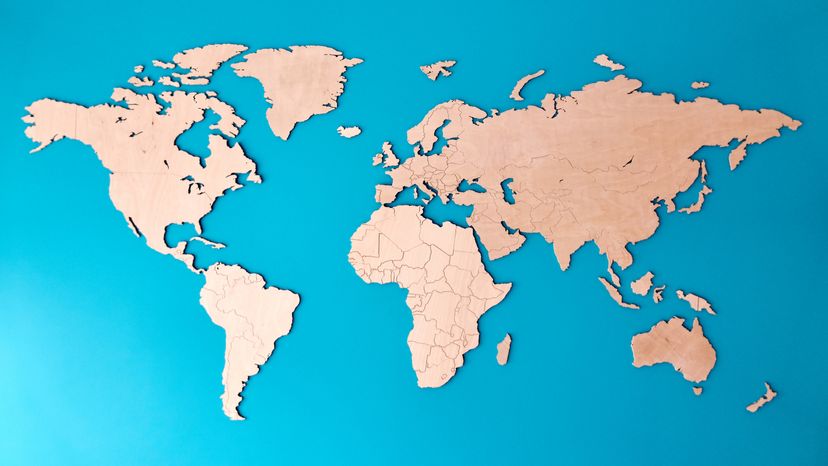The most widely accepted model recognizes seven continents: Asia, Africa, North America, South America, Antarctica, Europe, and Australia/Oceania. These landmasses form the foundation of Earth's geographical structure, each possessing distinct characteristics and contributions to our planet's diversity. Let's explore each continent in more detail:
Asia: The Largest and Most Diverse Continent
Asia, the largest continent in terms of both land area and population, spans approximately 17.2 million square miles. It is home to a rich tapestry of cultures, breathtaking landscapes, and economic powerhouses. From the towering peaks of the Himalayas to the bustling cities of Tokyo and Mumbai, Asia offers a diverse range of experiences for travelers and residents alike.
Africa: The Cradle of Humanity
Africa, with its vast savannahs, dense rainforests, and iconic wildlife, is often referred to as the cradle of humanity. It spans approximately 11.6 million square miles and is home to 54 countries. From the majestic pyramids of Egypt to the wildlife-rich plains of the Serengeti, Africa is a continent of awe-inspiring natural wonders and cultural heritage.
North America: A Land of Boundless Opportunities
North America, stretching across 9.4 million square miles, is a land of boundless opportunities and diverse landscapes. It encompasses countries such as the United States, Canada, and Mexico. From the towering skyscrapers of New York City to the pristine wilderness of the Canadian Rockies, North America offers a wide range of experiences for travelers.
South America: Nature's Playground
South America, with its vibrant cultures, breathtaking landscapes, and rich biodiversity, is a continent that captivates the imagination. Spanning approximately 6.9 million square miles, it is home to iconic destinations such as the Amazon rainforest, the Andes Mountains, and the Galapagos Islands. Whether you're exploring the ancient ruins of Machu Picchu or dancing the night away in Rio de Janeiro, South America offers a treasure trove of experiences.
Antarctica: The Frozen Frontier
Antarctica, the southernmost continent, is a frozen frontier that holds a unique allure for adventurers and scientists alike. With an area of approximately 5.5 million square miles, it is the coldest, driest, and windiest continent on Earth. Despite its harsh conditions, Antarctica teems with life, from penguins and seals to awe-inspiring glaciers. It serves as a vital research hub for understanding our planet's climate and ecosystems.
Europe: A Tapestry of History and Culture
Europe, spanning approximately 3.8 million square miles, is a tapestry of history, culture, and architectural wonders. From the ancient ruins of Rome to the romantic canals of Venice, Europe offers a captivating blend of old-world charm and modern sophistication. With its diverse array of languages, cuisines, and traditions, Europe is a continent that never fails to charm visitors.
Australia/Oceania: A Paradise Down Under
Australia/Oceania, covering approximately 3 million square miles, is a paradise down under. It encompasses countries such as Australia, New Zealand, and the Pacific Island nations. With its stunning beaches, vibrant coral reefs, and unique wildlife, Australia/Oceania is a haven for nature lovers and adventure seekers. From the Great Barrier Reef to the majestic landscapes of New Zealand, this continent offers unforgettable experiences.












